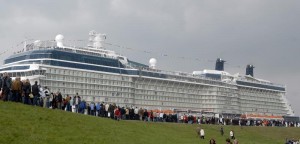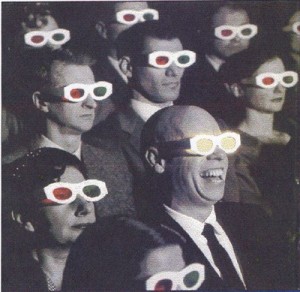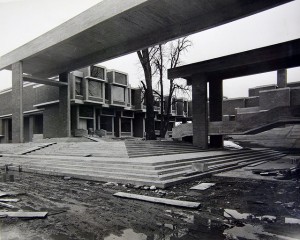ARCHITECTURE AHOY
 Architects such as Norman Foster, Frank Gehry, and Zaha Hadid have been commissioned to design luxury yachts, but it is cruise ships that beg for an architect’s touch. In fact, these maritime behemoths already resemble buildings—very big buildings. Granted their designs are generally banal, but it is easy to imagine them styled by high-fashion architects. This would solve another pressing problem. Every city seems to want an iconic building designed by a starchitect. Now they could lease a floating icon instead of saddling themselves with a potential permanent eyesore. One can imagine the waterfront of Dubai,
Architects such as Norman Foster, Frank Gehry, and Zaha Hadid have been commissioned to design luxury yachts, but it is cruise ships that beg for an architect’s touch. In fact, these maritime behemoths already resemble buildings—very big buildings. Granted their designs are generally banal, but it is easy to imagine them styled by high-fashion architects. This would solve another pressing problem. Every city seems to want an iconic building designed by a starchitect. Now they could lease a floating icon instead of saddling themselves with a potential permanent eyesore. One can imagine the waterfront of Dubai,




